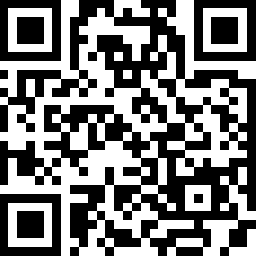MEGATRO has highly qualified and experienced structural design engineers. Apart from that MEGATRO also have exclusive tie-up with world renowned design companies and institute abroad which helps in highly precise design of the towers thereby optimizing cost reduction by over 30%.
The tower design, which is an iterative process consists of following steps
a) Propose a geometry of tower, member sizes etc.
b) Work out the loads likely to be experienced by tower due to antennas, wind, earthquake, ice etc.
c) Calculate the forces generated in each individual member of tower
d) Check that proposed member size is suitable for the forces experienced by that member. If not, reselect suitable member size and reiterate the process till all members are confirmed to be suitable for the forces experienced by them.
MEGATRO Towers are designed using latest software based programs taking into account various parameters such as
Wind load conditions
• Antenna loading (only for telecom tower)
• Conductor load conditions
• Ice load conditions
• Topography factor
• Dynamic effect of wind
• Lights loading(only for telecom tower)
• Factor of safety
• Certification / Standards requirements
Our Designs are validated by China electric power design institute and our design also accepted by international clients.
MEGATRO Key Factors of Design concern as follow
• High quality
• Optimization of actual need
• Should have less wind resistance and hence less foundation forces
• Easy assembly and erection
• Long durability
• Better working platform (for telecom tower )
• Dedicated independent prototype assembly units
MEGATRO has in house facilities for:
• Design of towers: We use DAP POWER, PLS and other designing software for static & dynamic analysis of the tower models.
• Computerized modeling: We do 3D modeling of our towers before actual production is taken up. This modeling helps us to carry out the detailing of the tower with a very high degree of accuracy.
• We have a well equipped tool room to facilitate maintenance of our dies, tools etc
• We employ modern techniques of fabrication e.g. our gusset templates are computer generated to eliminate all drawing errors.
Above in-house facilities result in following advantages to the customer:
• A new design of tower, having different geometry or different loads is developed in a very short time.
• The detailing of the towers has a very high level of precision, which results in fast & easy erection.
• Our production is never held up due non availability of any section. Our design team is always able to recommend us an alternative for the section not available.
Other Facilities:
Apart from above in-house facilities, we have long term arrangements with specialised consultants for :
• Soil investigations
• Galvanization of fabricated tower materials
• Testing of materials as per applicable standards.
We can organize the following tests in relation to tower:
• Strength of materials used
• Thickness of zinc coating provided
• Testing the verticality of tower using theodolites etc.


